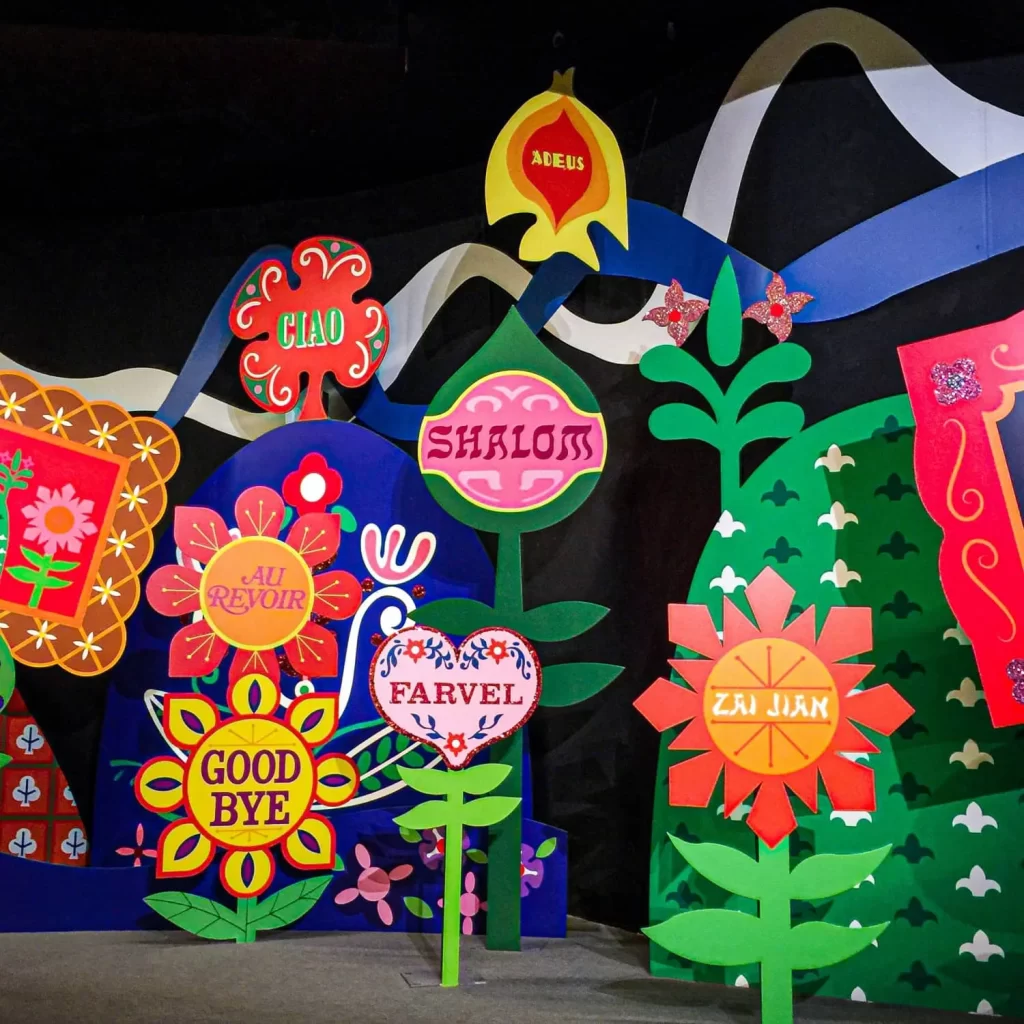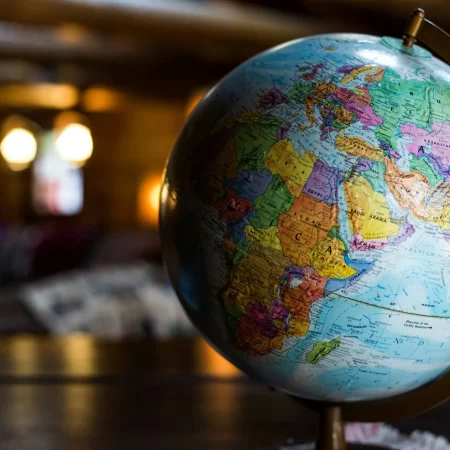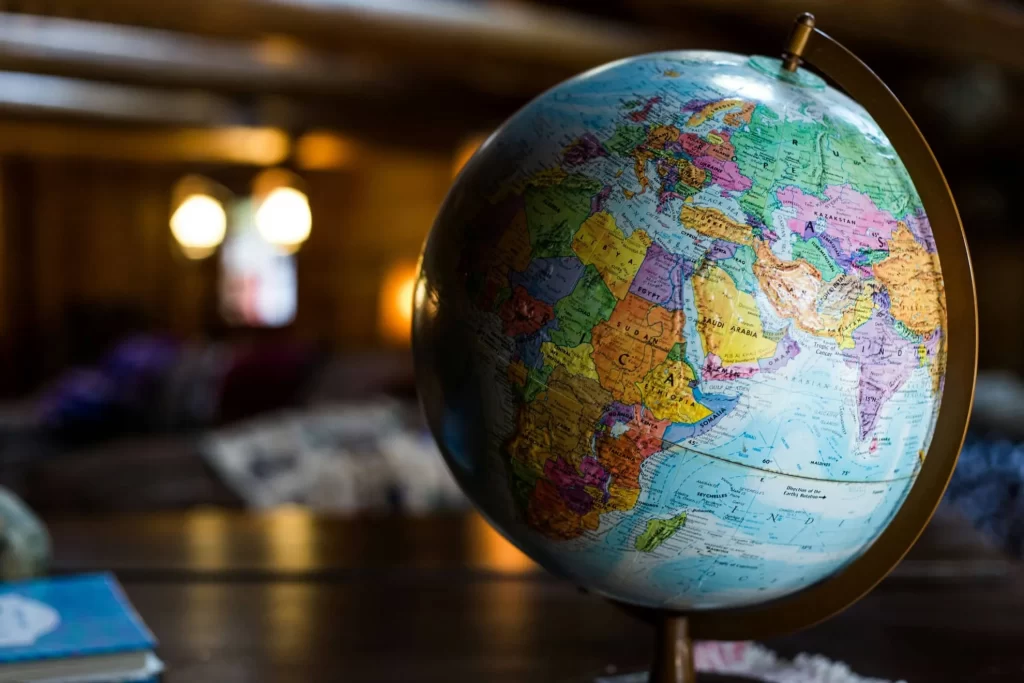Across the globe, there are over 7,000 recorded languages, each one shaped by unique cultures, histories, and ways of thinking. Exploring fascinating facts of different languages doesn’t just broaden our horizons — it helps us understand the richness of human diversity.
1. Bolivia: The Country with the Most Official Languages
Bolivia holds the record for the highest number of official languages — an incredible 37! Spanish serves as the national lingua franca, but the country also recognizes 36 indigenous languages. This diversity reflects Bolivia’s deep cultural roots and its status as the South American country with the highest proportion of Indigenous people — over 60% of the population.
2. The Curious Case of Grammatical Gender
Many languages use grammatical gender rules that go far beyond pronouns. Nouns themselves are assigned genders that often have nothing to do with biological sex. For example, “sun” is masculine in French (le soleil), feminine in German (die Sonne), and neuter in Russian (солнце). Articles, adjectives, and even verbs must match these genders, which makes translation between languages far more nuanced than it may seem.
3. Sign Languages Aren’t Universal
Sign language is not a single, global system. Each country or region has developed its own sign language, and they can be mutually unintelligible. For instance, even though the U.S. and the U.K. share English as a spoken language, American Sign Language (ASL) and British Sign Language (BSL) are completely different and not mutually understandable.
4. The Unique Geography of Portuguese and Spanish
Brazil, not Portugal, is home to the majority of the world’s Portuguese speakers, with a population of over 200 million. Similarly, Mexico has the most Spanish speakers — over 130 million — while Spain has fewer than 50 million. These variants of Portuguese and Spanish dominate the Latin American market, shaping global culture and commerce.
5. Belgium’s Trilingual Balance
Despite what some may think, there is no such language as “Belgian.” Instead, Belgium officially recognizes Dutch, French, and German, with a clear geographical split: Dutch is spoken in the northern Flanders region, French in the southern Wallonia region, and a small German-speaking community resides in the east.
6. Right-to-Left Languages
Most languages are written and read left to right (LTR), but some — like Arabic, Hebrew, and Persian — use a right-to-left (RTL) system. This affects not only writing direction but also how books open, how websites are designed, and how users interact with digital interfaces.

7. Arabic’s Formal and Casual Worlds
Modern Standard Arabic (MSA) is the official form used across all Arabic-speaking countries in education, media, and law. But the spoken dialects vary greatly from country to country — sometimes so much that speakers from different regions can struggle to understand one another.
8. Upside-Down Punctuation in Spanish
Spanish has a unique quirk: inverted question marks (¿) and exclamation points (¡) at the start of sentences. Introduced by the Royal Spanish Academy in the 18th century, these marks help readers recognize the tone of a sentence right from the beginning — especially useful for longer questions or emotional expressions.
9. Afrikaans: A Young Language with an Old Story
Afrikaans, also called “South African Dutch,” is one of the youngest major languages in the world. It evolved from the Dutch dialect spoken by settlers in 17th-century South Africa, mixing with words from other European immigrants, Malay laborers, and local African tribes. For a long time, it was considered just a dialect of Dutch, until it became an official language of South Africa in 1925.
10. Words That Can’t Be Translated
Every language has words and expressions that are nearly impossible to translate precisely. Chinese, for example, has an intricate system of kinship terms that other languages often oversimplify. Meanwhile, modern English slang includes popular terms like “FOMO” (fear of missing out), which can be hard to capture in a single word in other languages.
11. Counting Numbers Can Be Complicated
Some languages have notoriously tricky number systems. In French, 90 is said as quatre-vingt-dix — literally “four twenties and ten.” Danish is even more puzzling, using 20 as a base: 80 is firs (“four times 20”), and 90 is halvfems (“four and a half times 20”).
12. The Beauty of Chinese Measure Words
Unlike most languages, Chinese grammar mandates the use of measure words — and lots of them. While this can be daunting for learners, it’s also deeply poetic. Phrases like “一叶扁舟” (a lone leaf-like boat) or “一缕孤烟” (a wisp of solitary smoke) add a layer of vivid imagery that makes the language uniquely expressive.






